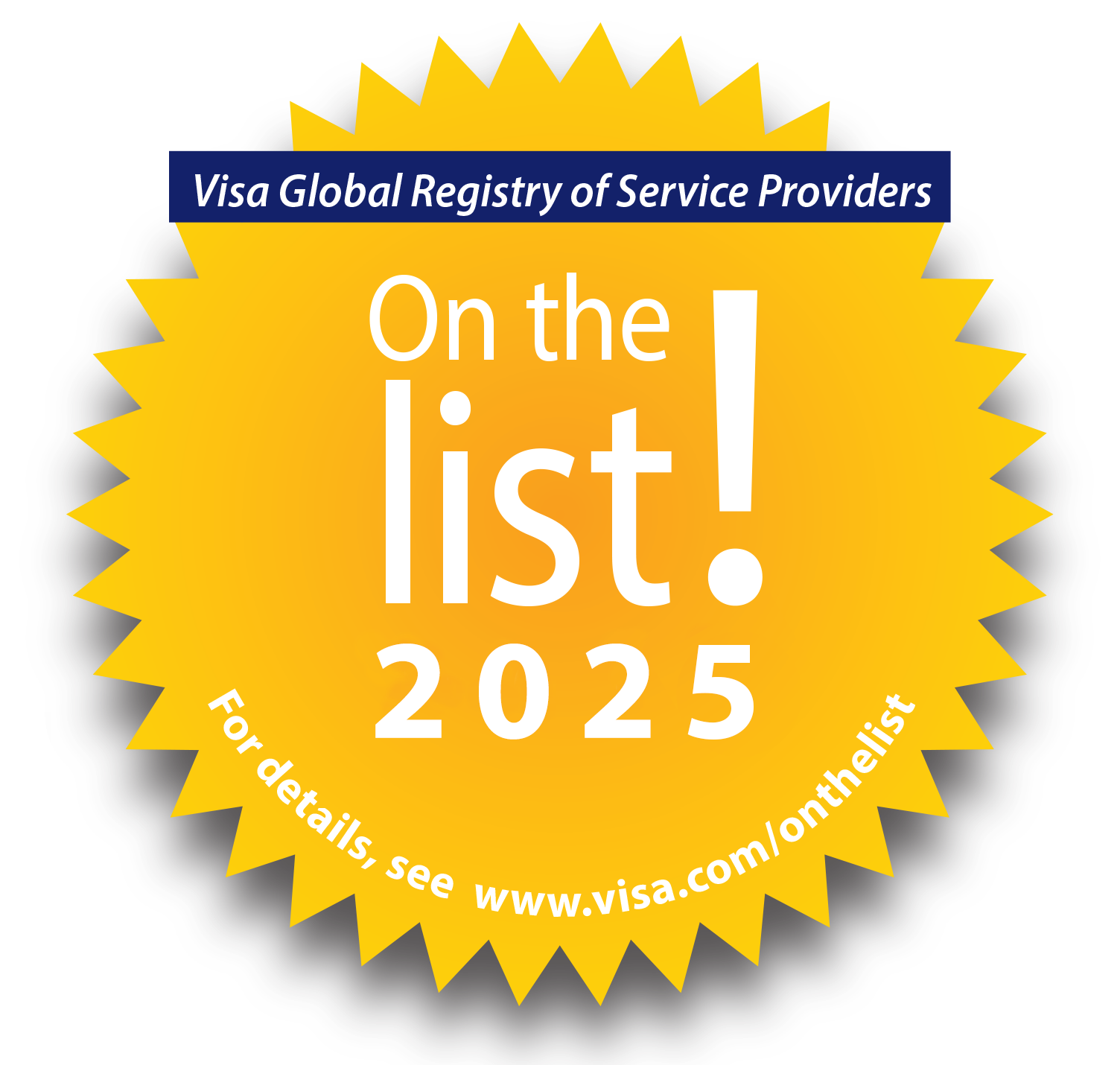Although planning, management, marketing, and enterprise systems all have a lot of weight in the success of a business, these functions can do very little to balance the company’s finances on their own. This is why improving the accounting process, specifically accounts payable, is top of mind for many CFOs.
Accounting, a company’s central function, depends heavily on various programs and applications to run smoothly. So, figuring out how to improve the accounts payable process means finding the missing piece that would make things run effectively.
Challenges with the Accounts Payable Process
As a company expands and evolves, it becomes necessary to identify which technologies and platforms the business has outgrown. One of the most critical and complex systems is accounting. Whether a company uses an accounting platform or an ERP, there is always room for improvement.
The accounts payable process has become more complicated as advances in business progress. For companies holding on to old-fashioned methods of payments, the cost is efficiency and money. The one issue that does not become apparent until it’s too late is when a process lacks scalability.
There are many challenges in the AP process, such as matching invoices, routing checks for signature, duplicate payments, and late fees due to the overall amount of time it takes to complete the payment process. Trying to improve these issues with a manual process only adds to the problem. Manual processes are slow, error-prone, and costly. And while there will always be challenges, many of the issues with the payment process are avoidable.
Shortcomings of Existing Systems
Businesses trying to figure out how to improve their accounts payable process must know where there’s a gap in the operation. Unfortunately, with endless technologies and processes, it’s hard to pinpoint precisely what’s not working. The accounting system could be the problem, or it could be the ERP.
An accounting system handles transactions, including accounts receivable, inventory, payroll, employee expenses and reimbursements, and accounts payable. When it doesn’t have the functionality needed to accommodate all these areas, as the business grows, many companies add on more applications. They try piecing several different systems together to accomplish what’s needed. However, moving from platform to platform is not always efficient and may lead to a more significant lapse in productivity.
An Enterprise Resource Planning (ERP) system can help to bring separate processes together on a single platform. While an ERP has accounting capabilities, it is better for reporting and may not be able to contribute to immediate step-by-step accounting transactions without some manual input.
Overly complicated programs require a lot of IT support and employee training. Outdated software is another hindrance. Updates will only hold for so long before the software must be replaced to keep up with progress. And systems that are not flexible are not scalable.
The Missing Piece – Integrated AP Automation
The missing piece to improving the AP process is automation, specifically integrated AP automation. The Strategic Role of the CFO, a 2021 PYMNTS survey, noted that 64% of CFOs are looking to automate a manual process by digitizing AR/AP operations.
Because the accounts payable process involves many time-consuming steps that depend on manual data entry, approvals and signatures, and physically mailing a payment, automation is needed to upgrade the rotation. AP Automation software integrates with existing accounting systems or ERPs. Automating accounts payable removes many of the manual steps that slow down the payment process. It increases accuracy and cuts the processing time, ensuring more payments are made on time.
An ERP unifies processes and reports on how different aspects of the business affect finances and accounting. When an AP automation platform or software is added to an ERP, it creates a fluid process flow with even less manual handling. The key is finding the AP automation software that integrates with the business’s current accounting system or ERP. Integration assures a seamless connection where the AP automation platform works within the ERPs system.
How Automation Improves Your Accounts Payable Process
When companies process payments manually, they spend between $6 – $16 for each payment, depending on the number of payments. The benefits of AP automation integration outweigh the fear of upgrading software or systems.
Saves Time
Depending on the complexity and number of invoices that need to be processed, a single payment could take an hour to several weeks to complete. AP automation cuts processing time down from weeks to hours or even less. In addition, it would make reconciliation quicker and easier for the supplier.
Reduces Errors
Manual payment processes are susceptible to errors and mishaps. For example, one incorrect digit or a delayed mail delivery can be problematic for both the buyer and supplier. With an automated AP process, there are higher accuracy levels, reducing the time and effort spent correcting issues.
Less Fraud
Another benefit to integrating AP automation in the payments process is the reduced amount of paper needed for invoicing and checks. Less paper means less fraud. The result is that automated payments are more secure than sending checks. Permissions can be set in the system so that only the necessary people have access. And certain payment types, such as virtual cards, can only be used for a specific amount or supplier. This makes it extremely difficult to steal and unlikely to be used outside of its pre-set scope.
Saves Money
The time saved with an automated AP process also saves money. Employees that are not spending time with manual entries, verifications, and reconciliations will be able to focus on more customer-facing, productive, and revenue-generating activities. Late fees would be eliminated for buyers, and suppliers would be paid on time. The costs associated with processing paper check payments and postage would be significantly reduced or eliminated. And buyers would benefit from early payment discounts from suppliers that are regularly paid on time.
Improves Supplier Relationships
Business relationships between buyers and suppliers are notably improved when payments are received on time or early. When payments are made within the payment terms, suppliers won’t have to track down missing payments or issue late fees, which is better for both parties. Buyers can enjoy supplier discounts for early payment or lower prices.
As technologies develop, manual processes will become too difficult to maintain. The powerful combination of integrated AP automation within an ERP or accounting system upgrades the accounts payable process. It allows for greater access, easier reconciliationThe process of matching financial records—such as payments and invoices—to ensure accuracy in accounting and reporting., more efficient processing, and scalability. And it benefits both buyer and supplier.
Edenred PayEdenred Pay is the market leader in B2B payments automation., an Edenred Company, is the global leader in B2B payments automation. Our integrated platform connects buyers with trading partners, ERPs, banks, FinTechs, and payment rails to optimize supplier enablementThe process of onboarding suppliers to electronic invoicing and payment systems to streamline transactions., invoice approvals, and B2B payments and create a frictionless process for B2B transactions. Learn more at www.edenredpay.com or schedule a meeting with us.

Ready to elevate your B2B payments?
Whether you are automating for the first time, ready to refresh your existing technology, or looking for ways to complete the ‘last mile’ of automation, Edenred Pay can help. Let’s chat about your needs.







